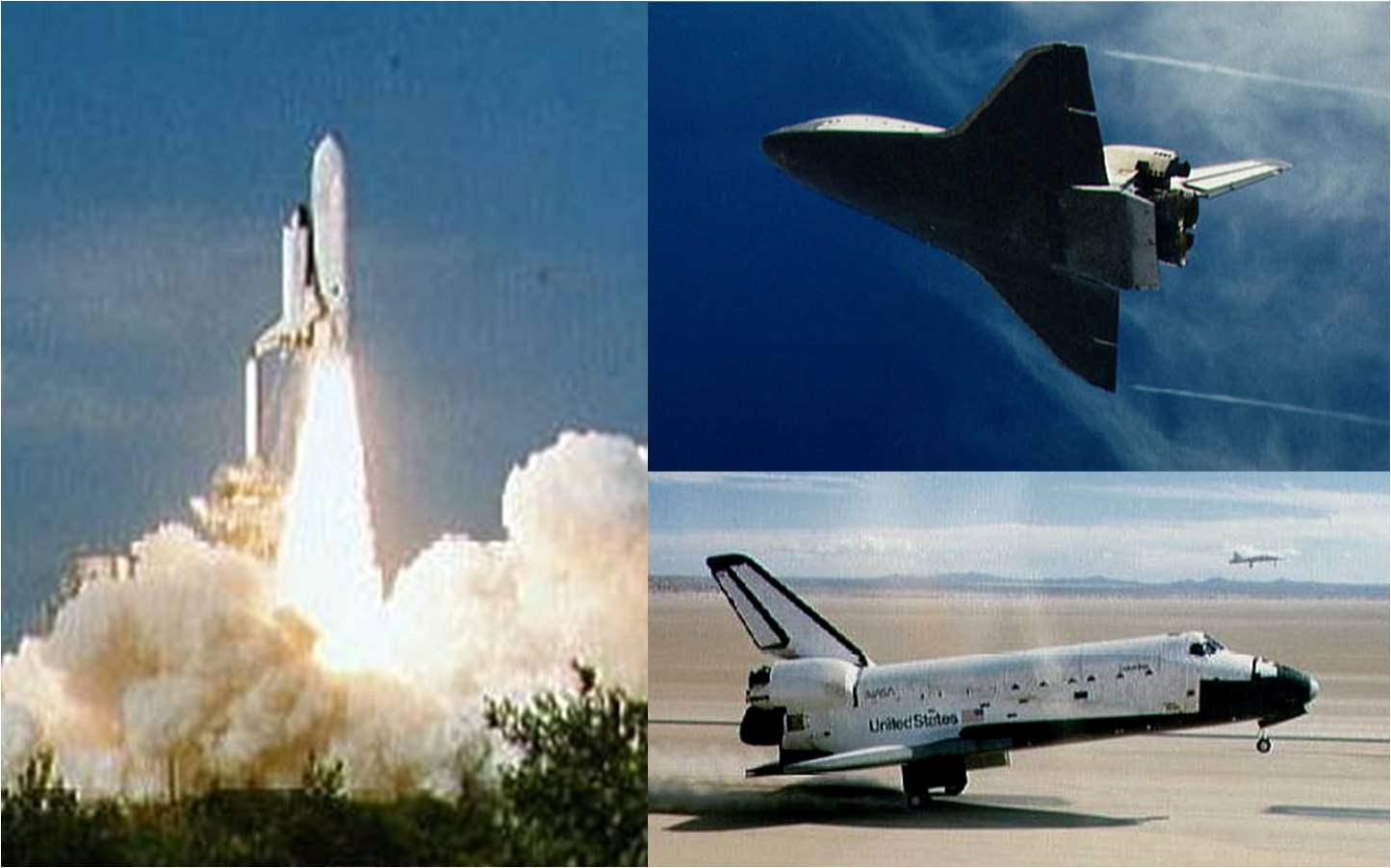Twenty-nine years ago this month, the Space Shuttle Columbia completed the second mission of the Space Shuttle Program. Designated STS-2, the mission marked the first reuse of a space vehicle for manned orbital flight.
America’s early manned spacecraft – Mercury, Gemini and Apollo – were single-flight vehicles. That is, a new spacecraft was required for each space mission. This was appropriate for meeting the aims of the early space program which concentrated on getting America to the moon before the end of the 1960’s.
The concept of space vehicle reusability came into vogue with the introduction of the Space Transportation System (STS). The original goal of the STS was to provide frequent and routine access to space via a fleet of Space Shuttle vehicles. For the STS to achieve economic viability, this meant flying a Space Shuttle once every two weeks. History has shown that this projected flight rate was optimistic to say the least.
The Space Shuttle vehicle was ultimately configured as a 3-element system consisting of (1) a winged orbiter, (2) a pair of solid rocket boosters (SRB’s) and (3) an external tank (ET). Both the orbiter and the SRB’s were designed to be reusable. The ET would be the only disposable element of the system since higher costs would be incurred in the recovery and refurbishment of this piece of flight hardware than in simply using a new one for each flight.
The Space Shuttle was designed to haul large payloads; on the order of 60,000 and 50,00 lbs into and out of orbit, respectively. With a maximum landing weight of 230,000 lbs, the Space Shuttle Orbiter needed wings to generate the required aerodynamic lift force. Wings were needed to satisfy the Orbiter’s 1,100-nm entry cross range requirement as well.
Following the successful first flight (STS-1) of the Space Shuttle Columbia in April of 1981, preparations began immediately to ready the Orbiter for its equally monumental second flight. The STS-2 flight crew would consist of Commander Joe Henry Engle and Pilot Richard Harrison Truly. STS-2 would be the first orbital spaceflight for both men.
On Thursday, 12 November 1981, the Space Shuttle Columbia lifted-off at 15:09:59 UTC from Cape Canaveral’s LC-39A. Ascent flight was nominal and Columbia was placed into a 125-nm x 120-nm orbit. At this point, Columbia became the first manned spacecraft to achieve Earth-orbit twice. It was an extra special occasion for Richard Truly inasmuch as it was his 44th birthday.
Engle and Truly anticipated 5-days in orbit with their orbital steed. However, one of Columbia’s three fuel cells failed early-on and the mission was reduced to just over two days. Nonetheless, the crew achieved 90 percent of the mission’s goals. They even remained awake during a scheduled sleep period to exercise the new Canadian Remote Manipulator System (RMS).
On Saturday, 14 November 1981, Columbia and her crew successfully completed STS-2 by landing on Rogers Dry Lake at Edwards Air Force Base, California. Main gear touchdown occurred at 21:23:11 UTC. Joe Engle flew the entire reentry manually. He holds the distinction of being the only pilot to manually fly a lifting space vehicle all the way from orbit to landing. Engle completed a total of 29 Programmed Test Input (PTI) aerodynamic maneuvers in the process.
STS-2 was a monumental success. Columbia became the first space vehicle to be reused for manned orbital space operations. Other Orbiters would follow including Challenger, Atlantis, Discovery and Endeavor. As of this writing, 132 STS missions have been flown.
As a footnote, Joe Engle went on to command one more Space Shuttle mission in 1985 (STS-51I). He retired from the USAF in November of 1986. Richard Truly served as Commander of STS-8 in 1983. That mission featured the first night launch and landing of the Space Shuttle. Richard Truly also served as NASA Administrator from May of 1989 to May of 1992.



Comments
how are spacecrafts and spaceships different
Share this post: